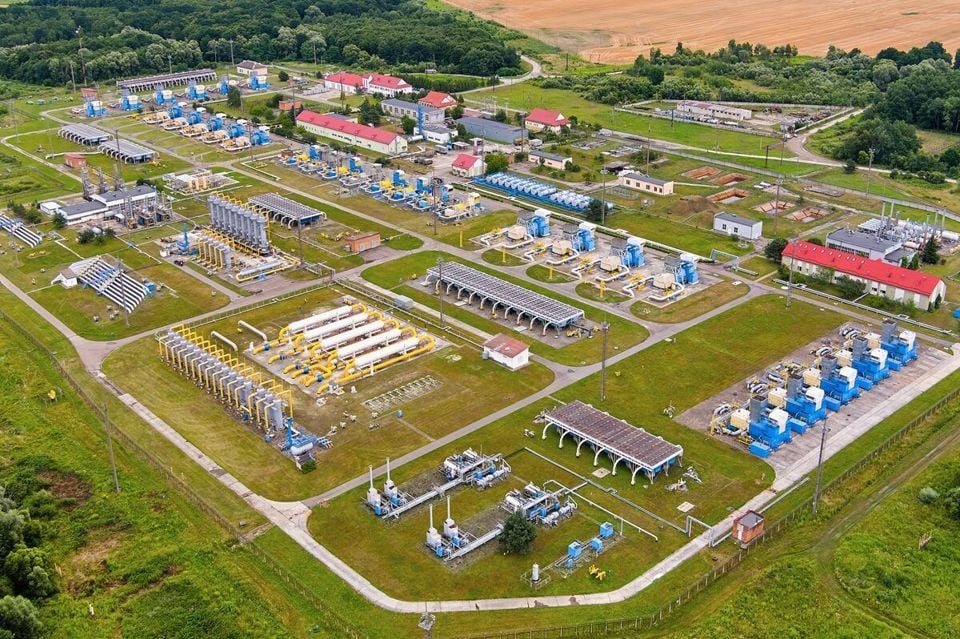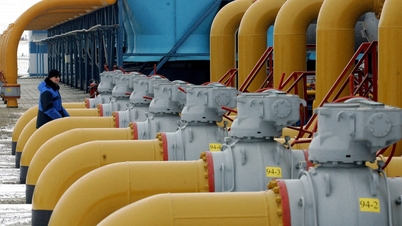 |
| Bilche-Volytsko-Uherske gas storage facility in Ukraine. (Source: Ukrtransgaz) |
EU storage is now nearly 99% full, exceeding Brussels' target of 90% storage capacity by November, according to figures from the European gas infrastructure agency.
The figures show that, up to now, the EU has stockpiled more gas in the region than some feared after the conflict in Ukraine.
This is expected to make the EU less vulnerable to an energy shock, although there is no certainty that the continent will have enough energy for the coming winter.
“The risk of a gas shortage in Europe this winter is low, unless there are any major unexpected supply disruptions or long and deep cold spells in Europe and Asia at the same time,” said Natasha Fielding, head of European gas pricing at Argus. “Europe has stocked up as best it can.”
As EU reserves near capacity, companies are turning to Ukraine – home to Europe’s largest tanks – to stockpile, pushing natural gas holdings there to their highest levels since the Russia-Ukraine conflict.
Ukraine has emerged as an alternative storage destination, despite the risks from the Russian conflict, in part because it has offered incentives such as cheap storage taxes and three-year customs duty exemptions, allowing gas to be easily re-imported into the EU.
According to state energy company Naftogaz, the country's reservoirs are largely located deep underground in the west of the country, far from the frontline, and currently contain more than 2 billion cubic meters of gas belonging to entities in the EU.
The company has supplied more than 10 billion cubic meters - equivalent to one-third of Ukraine's national capacity - to foreign customers.
However, Naftogaz CEO Oleksiy Chernyshov sees European companies taking a “purely commercial risk” by sending their gas to Ukrainian storage, which, despite being far from the site of a special military operation, could still be the target of attacks.
Naftogaz claims 128 of its facilities across the country were damaged by the Russia-Ukraine conflict between January and October this year, although industry insiders say no underground storage facilities were attacked.
Source





![[Photo] Hanoi morning of October 1: Prolonged flooding, people wade to work](https://vphoto.vietnam.vn/thumb/1200x675/vietnam/resource/IMAGE/2025/10/1/189be28938e3493fa26b2938efa2059e)





























![[Photo] Panorama of the cable-stayed bridge, the final bottleneck of the Ben Luc-Long Thanh expressway](https://vphoto.vietnam.vn/thumb/1200x675/vietnam/resource/IMAGE/2025/9/30/391fdf21025541d6b2f092e49a17243f)
![[Photo] President Luong Cuong receives President of the Cuban National Assembly Esteban Lazo Hernandez](https://vphoto.vietnam.vn/thumb/1200x675/vietnam/resource/IMAGE/2025/9/30/4d38932911c24f6ea1936252bd5427fa)


























































Comment (0)